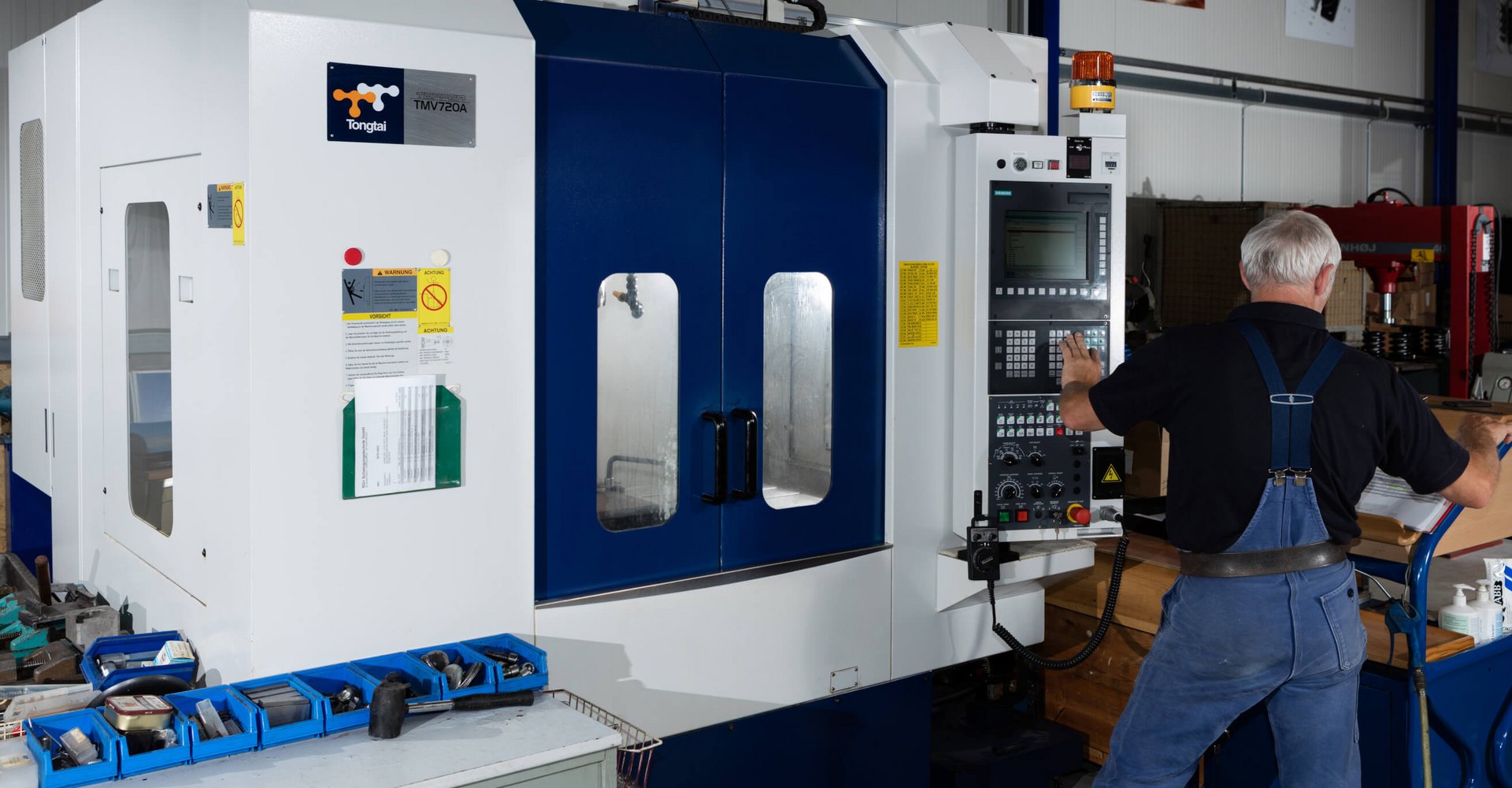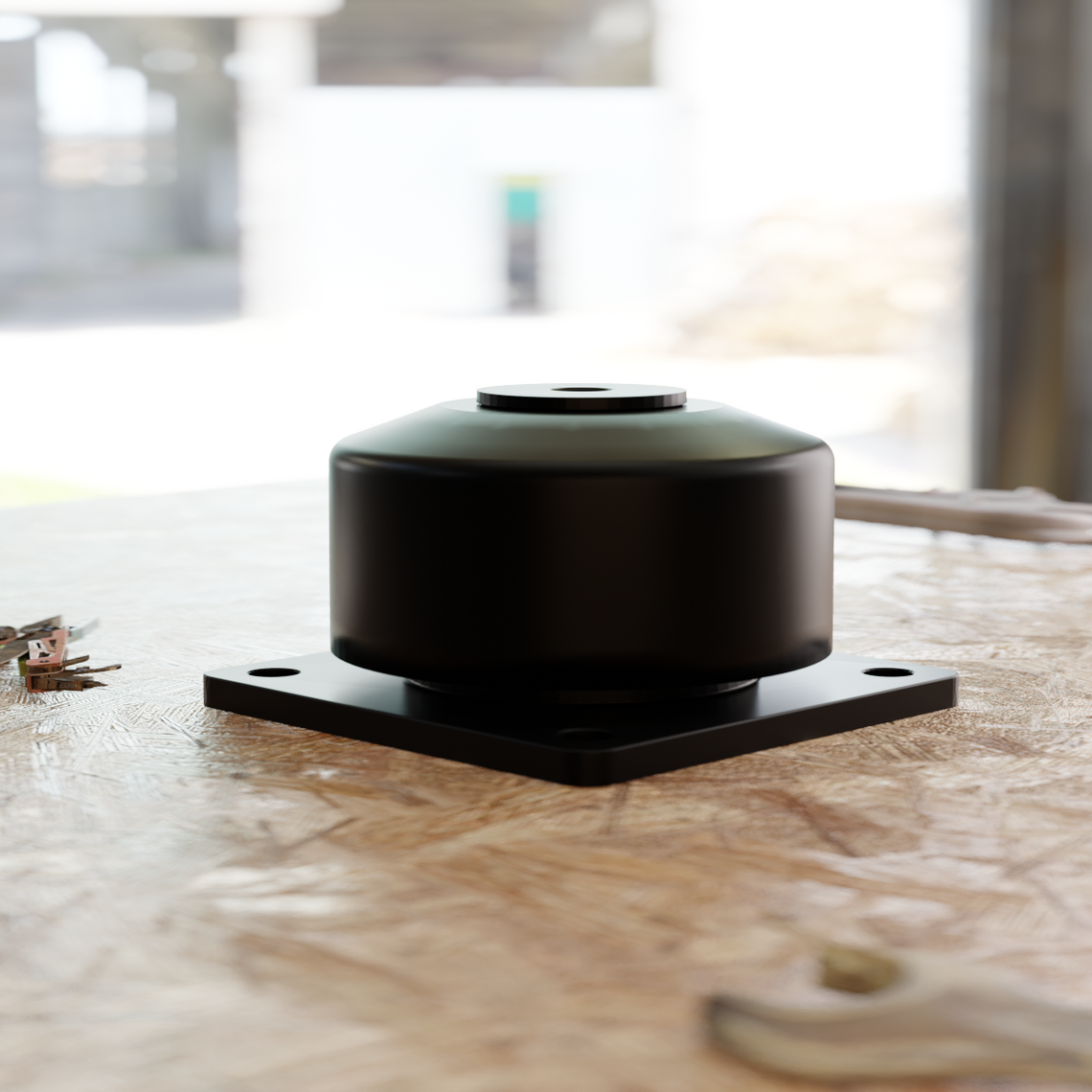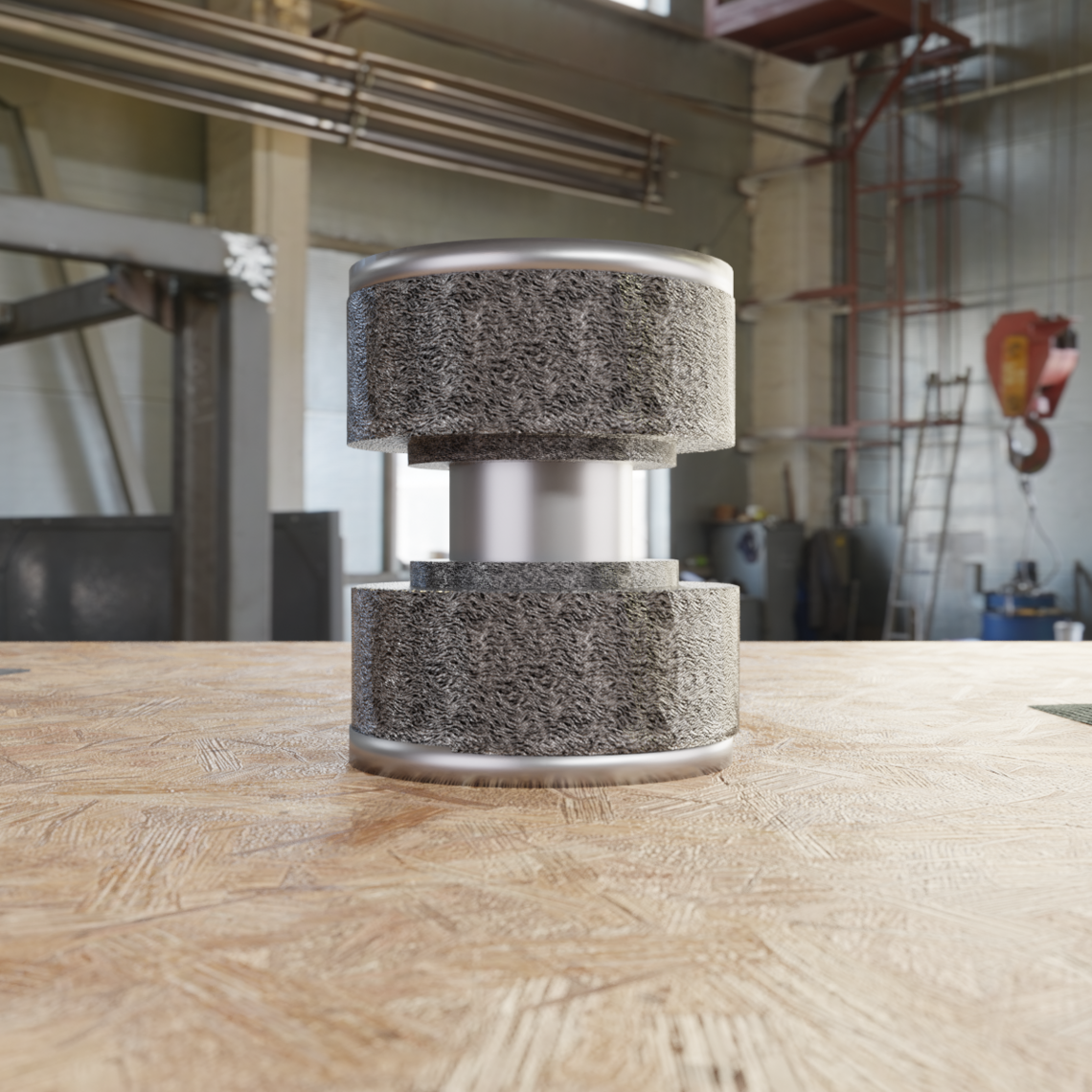Whitepaper
Anti-vibration component mounting
in (rail-) vehicle construction
Short summary
The most important points for mounting by means of vibration dampers at a glance:
- Basically, all interrelated components should be supported
- Service life of the applications is greatly increased by anti-vibration dampers
- If you are unsure about the design, it is essential to consult a specialist
Introduction / problem
It is often the small things that have a big influence on the overall picture. This is also the case in (rail-) vehicle construction when it comes to select the right vibration dampers. Especially from an economic point of view, the purchase of such decoupling elements represents a fraction of the total budget, but during operation it leads to the fact that the mounted components are protected and thus their service life is successively increased. Thus, a vibration-decoupled system is often more economical and also provides a more pleasant working environment.
In addition, high demands are placed on passenger comfort, especially in the area of passenger transportation. Here it is essential to decouple the components installed in the trains or other means of transportation from vibration, because nothing is more disturbing than vibrations in the passenger compartment during the journey.
Now, before thinking about which vibration dampers should be used, the question must first be asked as to which components should necessarily be supported by vibration dampers and how such a support can look.
In the first step, it is important to know that vibration damping can take place in two ways. A distinction is made between active and passive vibration damping. The difference is as follows:
figure 1: types of vibration damping
Source vibration damping:
Keeps the vibrations emitted by the machine away from the environment and thus from all other components and people by means of vibration dampers.
Receiver vibration damping:
Keeps the vibrations induced by the environment away from the machines by means of vibration dampers and thus protects them.
This document is intended to provide the user with a brief overview of precisely these elementary issues and to support him in his selection of the right vibration damper. However, it should be stated directly in advance that consultation with experts in this field is recommended in any case.
Solution of the problem
As described in figure 1, there are two ways in which one should decouple whole assembly groups from vibration. For active vibration damping, these applications could be cooling units or complete generator sets, which cause vibrations due to speed and emit them to the environment. For passive vibration damping, these could be tanks or transformators.
It is important to note that a system should be completely decoupled. Successful mounting with vibration dampers only works if all components are decoupled from their environment in this way.
Accordingly, it is important to know the following information or key figures in order to design the right vibration damper:
Figure 2: Characteristic values required for design
Speed or stroke rates:
This parameter is one of the two most important design criteria and therefore absolutely necessary. If the forcing frequencies in the system match the natural frequency of the vibration damper, the system will build up unintentionally. In addition, the correct tuning ratio between the natural frequency of the damper and the interference frequencies in the system influences the efficiency of the damper.
Design space and connection:
If the design space is limited, if the connection is restricted or if there are already fixed attachment points, this information must be specified.
Support force with centre of gravity:
The second elementary parameter for dimensioning a vibration damper. It is imperative that the damper absorbs both static and dynamic forces and remains elastic. If the centre of gravity is not in the middle of the system it is elementary to know the position.
External conditions:
Often there are environmental conditions that preclude the use of certain vibration dampers. Accordingly, information about temperatures, possible contact with other substances or installation locations is helpful for a successful design.
Since in the field of rail vehicle construction the centrifugal forces in all three dimensions often have to be taken into account these parameters must also be taken for the design and, in the optimum case, be specified directly.
Solutions of RG+ Schwingungstechnik
In terms of vibration damping, you have already landed at exactly the right address by reading these lines. RG+ Schwingungstechnik offers the following standard elements for the case of a vibration decoupling bearing in (rail-) vehicle construction:
Vibration damper GDZ:
(https://www.rgplus.de/en/products/pressure-tension-elements)
Vibration dampers of the GDZ series are the all-purpose weapon from RG+. As standard, they can be loaded both in compression and in tension. Depending on the design, the absorption of radial forces is also possible. This type of vibration damper consists of a KTL-coated housing and at least two damping cushions made of stainless steel. They are particularly compact and can be bolted directly to the application. Due to their design and the materials used, they are resistant in non pH-neutral environments and at high temperatures.
They are used, for example, in the storage of transformators.
Vibration damper GBL:
(https://www.rgplus.de/en/products/productdetails/gbl-schwingungsdaempfer )
Vibration dampers of the GBL series consist as standard of two cushions, which are provided with a collar, as well as a sleeve and two washers. The collar of the cushions is installed into the existing profile frame of the assembly to be supported, thus providing guidance and stability. Due to the surface pressure, which is given by the sleeve by means of the preload, a displacement in lateral direction can be prevented. The sleeve and thus the preload can be individually adapted to the existing situation.
Due to their design, vibration dampers of the GBL series can be easily integrated into an existing system. Areas of application include tanks, cooling units or small generator sets.
But why exactly use solutions from RG+ Schwingungstechnik? These are the three main reasons why you should consider vibration dampers from our company.
figure 5: advantages of RG+ vibration dampers
Lifetime:
Benefit from the fact that only metal components are installed in our dampers. Thus, we realize a service life of 10 years and higher.
Resistance:
No matter if heat or cold, acid or base. Our all-metal cushions work consistently well in a temperature range of -20 - 400°C, as well as in a non pH-neutral environment.
Compactness:
You don't have much space available? No problem, because all-metal pads realize a very high force absorption on a small surface.



